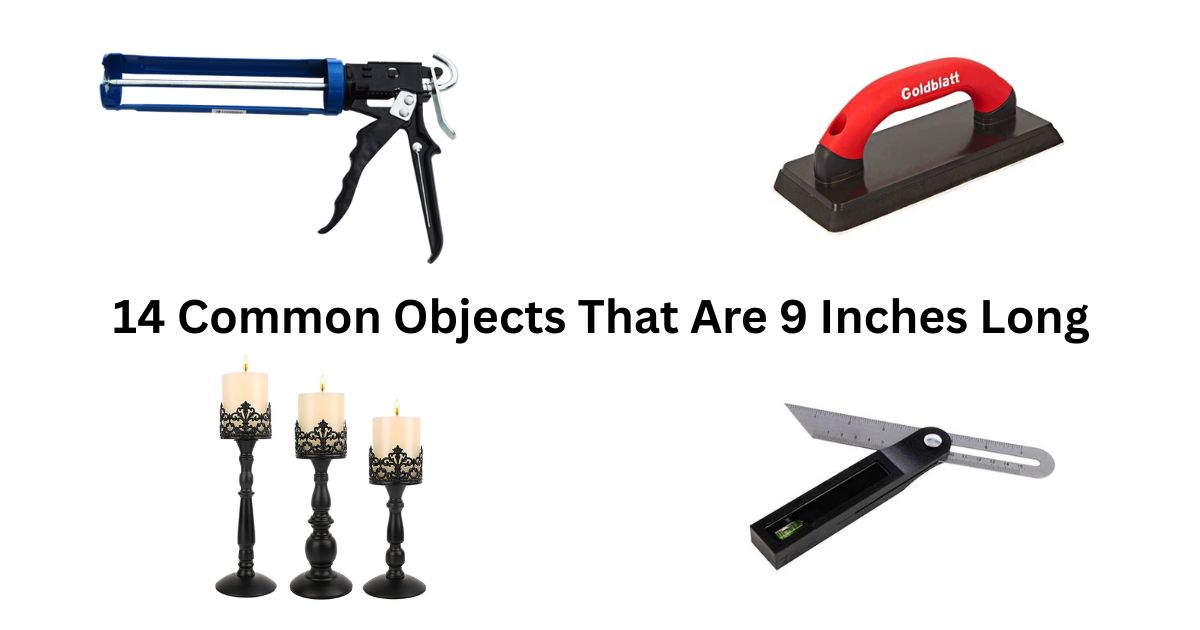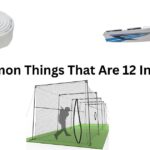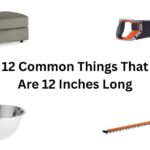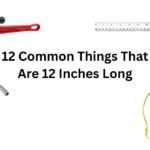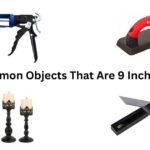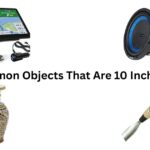Ever bought something online and saw “9 inches,” then wondered how big that really is? Maybe it’s bigger than your hand, but smaller than a dinner plate—it’s hard to picture until you see it in real life.
Let’s make it simple. I’ll show you everyday 9-inch objects you probably already have at home. Once you picture these, you’ll always know what 9 inches in real life looks like—no ruler or guesswork needed!
Quick Answer: How Long Is 9 Inches?
You see this number often, but what does it really look like in real life? Here’s a simple way to picture it before we compare it to everyday stuff.
Nine inches equals 22.86 centimeters, or three-quarters of a foot. Picture a standard sheet of A4 or U.S. Letter paper turned sideways—9 inches stretches just past that width.
Here’s the breakdown:
9 Inches Conversion Table
| Unit | Measurement |
| Centimeters | 22.86 cm |
| Millimeters | 228.6 mm |
| Feet | 0.75 ft |
| Yards | 0.25 yd |
| Meters | 0.2286 m |
Now let’s talk about what that actually looks like when you’re holding it.
14 Common Things That Measure 9 Inches
Let’s make this measurement easier to understand by comparing it to real things you can find around your home.
| Object | Category | Measurement/Dimension |
| Small Rolling Pin | Kitchen | Total length |
| Small Hand Saw Blade | Tools | Blade length |
| Caulk Gun Barrel | Tools | Barrel length |
| Gaming Mouse Pad | Tech/Office | Height (short side) |
| Boot Shaper Insert | Fashion | Height |
| Grout Float | Tools | Pad length |
| Bread Loaf Pan | Kitchen | Pan length (9×5) |
| Kitchen Tongs | Kitchen | Closed length |
| Decorative Candle Pillar | Home Decor | Height |
| Drywall Utility Knife | Tools | Extended length |
| Square Photo Frame | Home Decor | Side length (9×9) |
| Desktop Organizer Tray | Office | Tray length |
| Large Glue Stick | Office/School | Total length with cap |
| T-Bevel Sliding Square | Tools | Blade length |
| Construction Nails | Hardware | Length (90d-100d nails) |
1. Small Rolling Pin (Total Length)
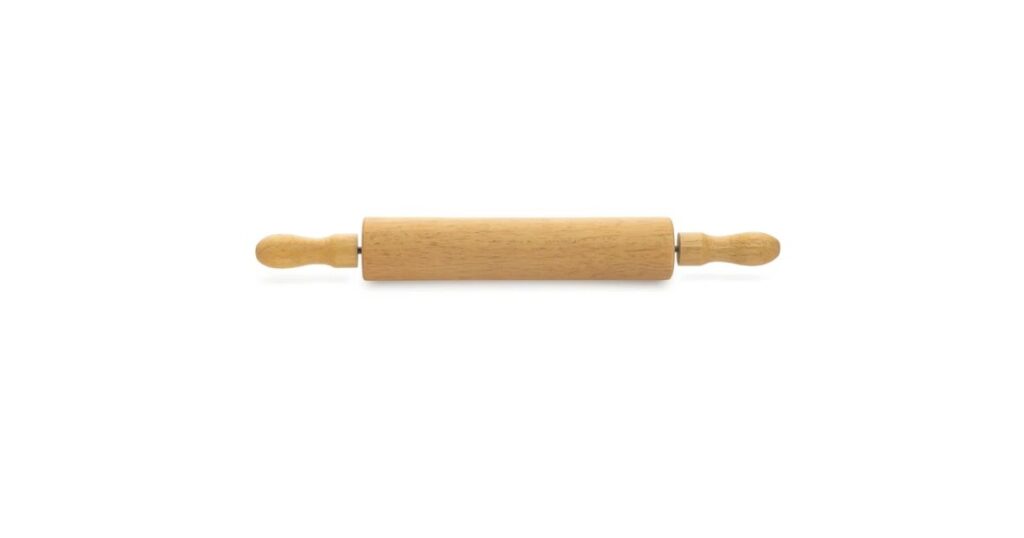
That compact pastry roller you use for cookies or pie crusts? The single-handle kind that fits in one hand measures right at this length from end to end.
This isn’t your grandma’s heavy bakery roller. We’re talking about handheld pastry tools designed for small batches and detail work. Great for rolling fondant, making empanadas, or flattening biscuit dough without clearing off your entire counter.
Check your kitchen drawer. If you’ve got one of these tucked away, pull it out and take a look. That’s your new mental bookmark.
2. Small Hand Saw Blade (Length)
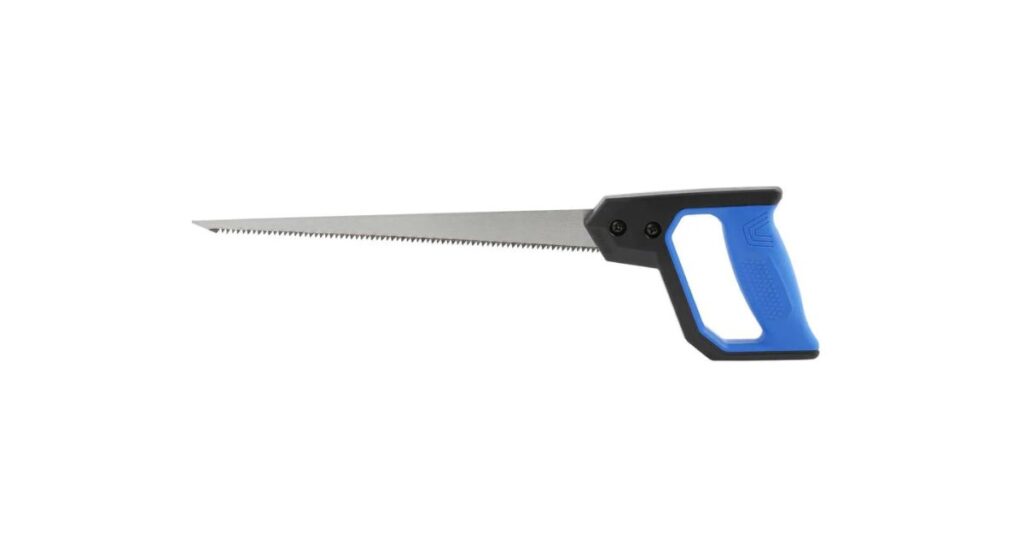
Open your toolbox and find that detail saw for trim work. The blade itself, from cutting edge to where it meets the handle, spans this exact distance.
This is what you grab for cutting small branches, trimming molding, or making precise cuts on DIY projects. Big enough to get work done, small enough to control. Carpenters love this size because you can make accurate cuts in tight spaces without the blade getting in your way.
The blade length gives you leverage without being unwieldy. Try making a straight cut with a 6-inch blade—you’ll see why this extra length matters.
3. Caulk Gun Barrel (Length)
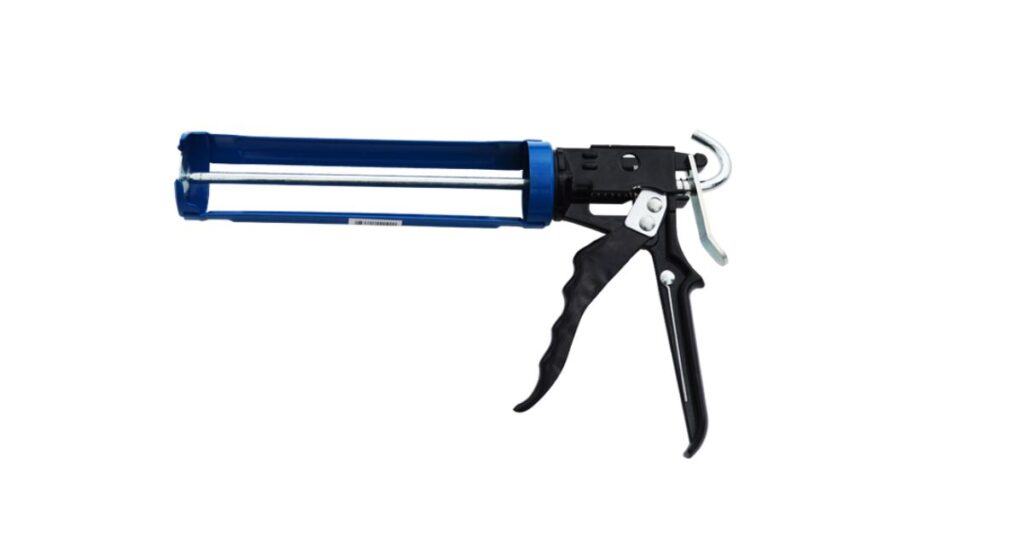
That metal barrel on your caulk gun that holds the tube? Measure it next time you’re sealing windows or filling bathroom gaps.
Most standard and compact caulk guns use this barrel size because it matches typical caulk cartridge dimensions sold at hardware stores. The length creates balance, making the whole tool easier to handle when you’re reaching awkward corners or working overhead.
Flip yours around next time you’re waterproofing. You’ll notice how the barrel length affects your grip and control.
4. Gaming Mouse Pad (Height)
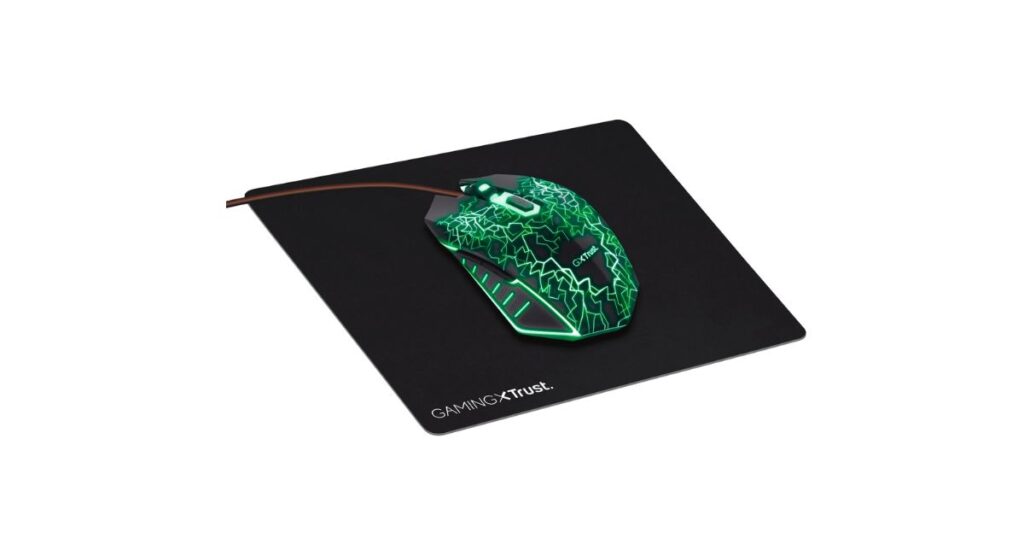
Look at that rectangular mouse pad under your wrist. The shorter edge—the height when positioned normally—hits this measurement on medium-sized gaming pads.
This dimension works for low-sensitivity gamers who need room for sweeping movements and office workers doing detailed photo editing. Tall enough for vertical mouse travel, compact enough to share desk space with your keyboard and coffee mug.
Too short and your mouse falls off mid-game. Too tall and it doesn’t fit most desk setups. This height splits the difference.
Read Also: How Long Is 6 Inches? Conversion & 14 Real-Life Examples With Pics
5. Boot Shaper/Insert (Height)
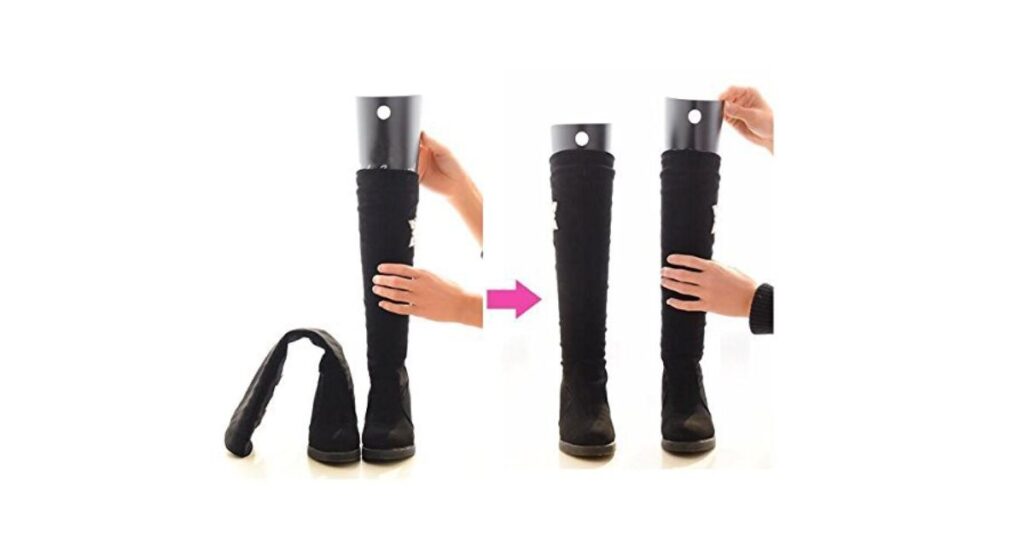
Those plastic or wooden inserts that keep boots from flopping over in your closet? The ones designed for ankle boots or lower sections of tall boots measure this height.
Slide them into Chelsea boots, ankle booties, or the bottom portion of riding boots. They hold the shaft upright so leather doesn’t crease and lose shape. Without them, your expensive boots develop those annoying horizontal wrinkles.
The height stops right where ankle boots end, making them invisible when stored but effective at maintaining structure.
6. Grout Float
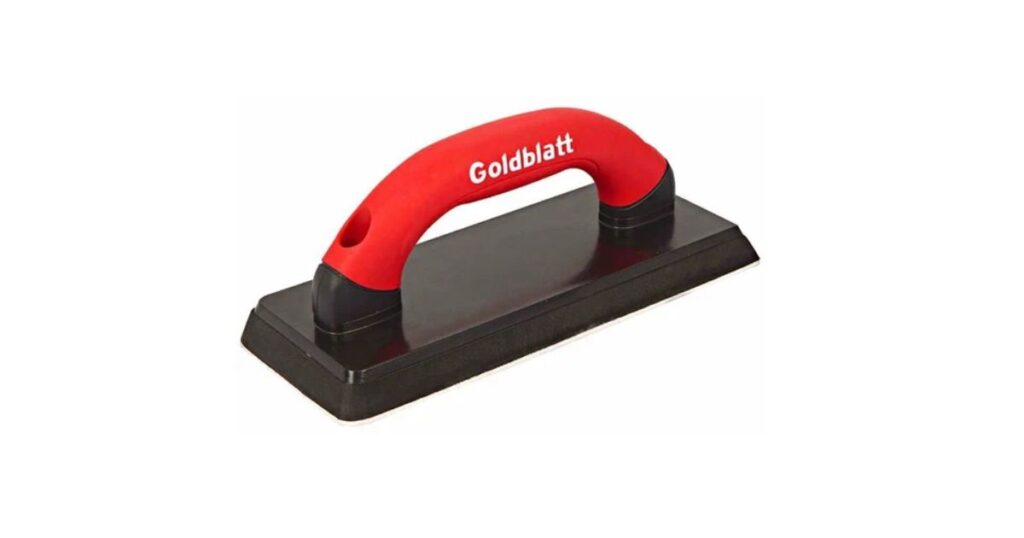
Tiled a backsplash or bathroom floor? That rectangular rubber pad you pressed into tile joints measures this length on professional-grade versions.
This size covers multiple tile joints in one smooth pass. Shorter and you’d make tiny passes all day. Longer and you’d lose control, smearing grout everywhere. Tile installers stick with this size because it balances coverage with precision.
You can grout a decent section without constantly reloading your float or sacrificing accuracy.
7. Bread Loaf Pan (Length)
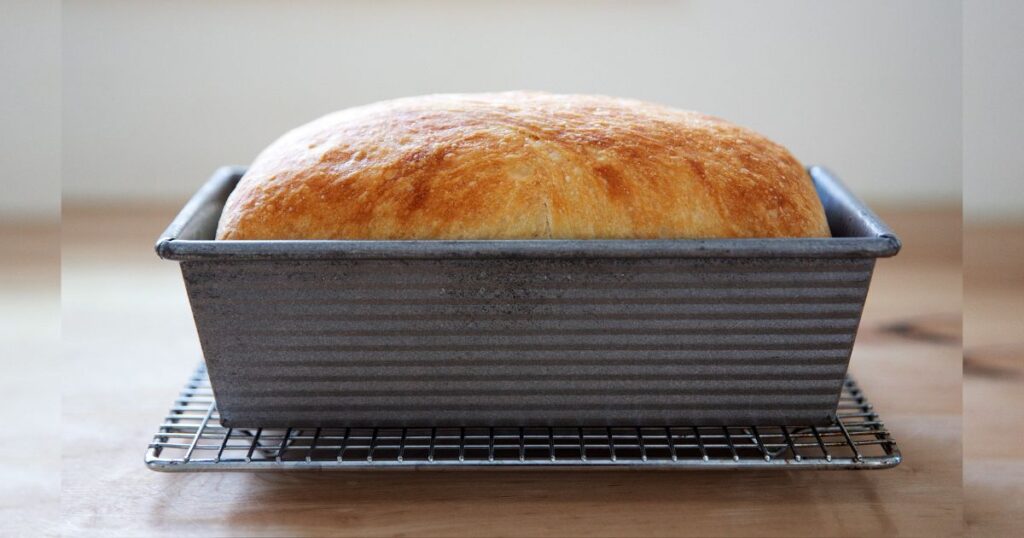
Grab that metal pan you use for banana bread or meatloaf. The classic 9×5 bread pan sits in almost every kitchen for good reason.
This creates sandwich-slice-sized loaves with even baking and consistent portions. When recipes call for a “standard loaf pan,” this is it. Bakers get 8 to 10 slices per loaf depending on thickness. Works for everything from sourdough to chocolate chip banana bread to holiday meatloaf.
The length ensures even heat distribution. Too long and the ends dry out before the middle cooks. Too short and the center stays gummy.
8. Kitchen Tongs (Closed Length)
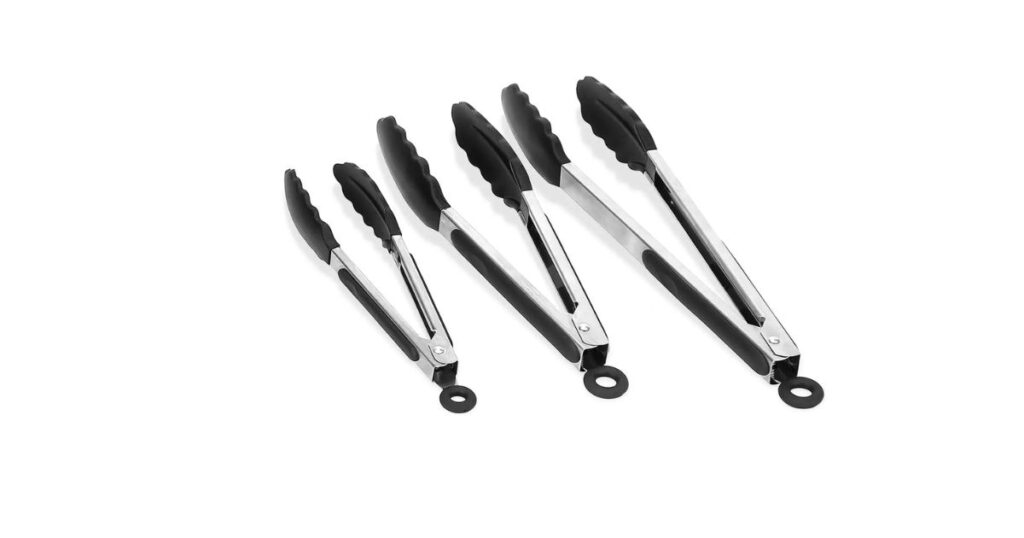
Those stainless steel tongs in your utensil drawer? Snap them shut and measure from tip to handle end.
This small-to-medium size keeps hands away from hot pans while still fitting in standard kitchen drawers. Long enough for flipping chicken or tossing salad, short enough not to jam up everything else when you close the drawer.
Professional chefs keep multiple pairs handy because they’re versatile. Turn bacon, serve pasta, flip vegetables, grab hot corn—one tool handles it all.
9. Decorative Candle Pillar
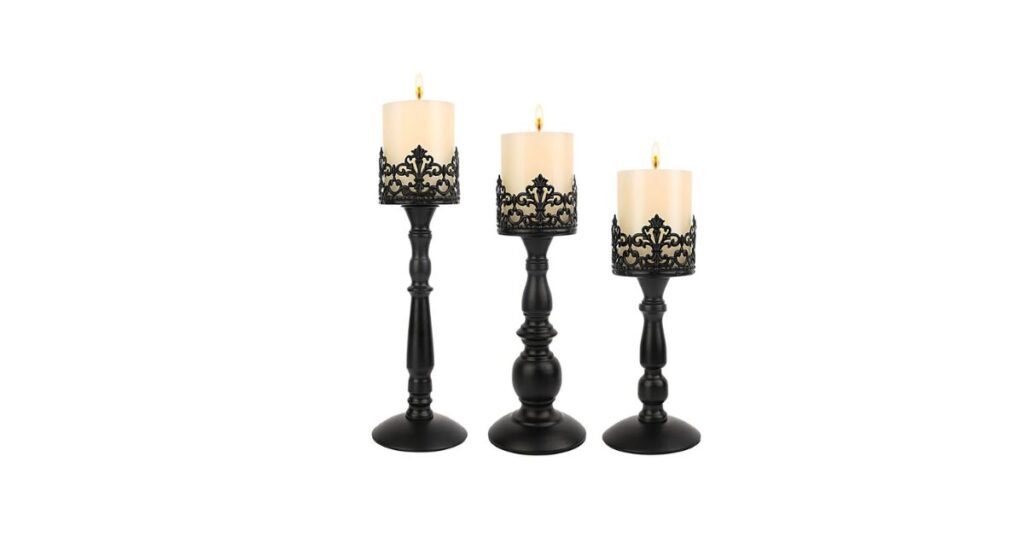
Walk through any home goods store and spot those table-height pillar candles. The popular medium size stands at this height—tall enough for visual interest, short enough not to block dinner conversation.
These aren’t stubby tea lights or statement candles that tower over your table. They’re the goldilocks size for dining tables and mantels. The flame sits at eye level when you’re seated, creating ambiance without making guests crane their necks to see each other.
Interior designers choose this height because it adds dimension to tablescapes while maintaining sight lines across the table.
10. Drywall Utility Knife (Extended)
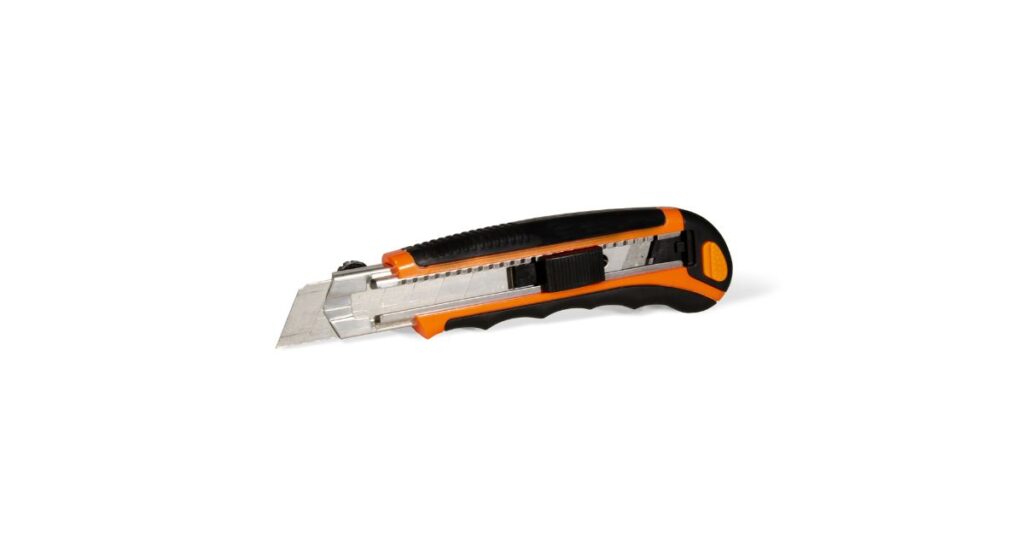
Fully extend a heavy-duty utility knife—the kind contractors use for drywall and opening boxes. From blade tip to back end, it stretches to this measurement.
The extended length provides leverage for long, straight cuts through sheetrock or cardboard. You don’t have to saw back and forth repeatedly. One smooth slice and you’re done.
Construction workers clip these to their belts because the size stays useful without catching on ladders or doorframes when they’re crawling through job sites.
11. Square Photo Frame (Side Length)
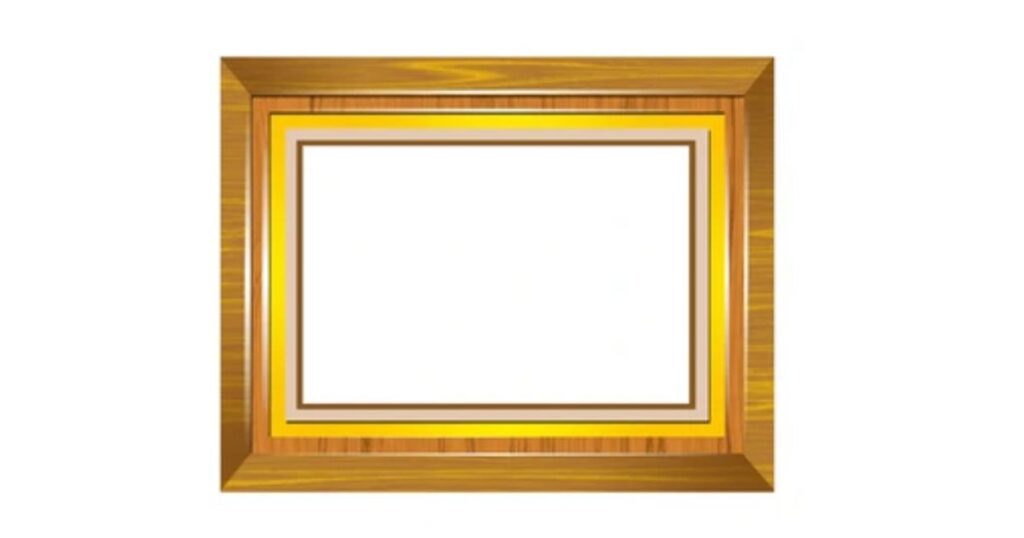
Those trendy 9×9 square frames at Target or IKEA? Each side measures this exact distance, creating a square opening for modern prints.
This size exploded in popularity because it matches Instagram’s square format. Print your best social media shots without weird cropping or black bars. The format looks clean on gallery walls and contemporary in living spaces.
Arrange three in a row or create a grid of four—the uniform dimensions make decorating straightforward instead of a spatial puzzle.
12. Desktop Organizer Tray (Length)
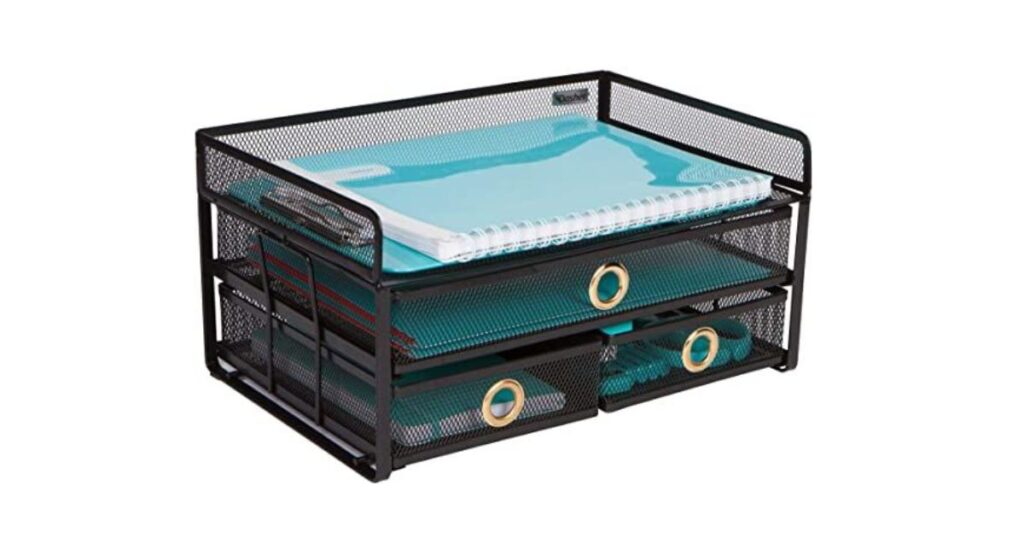
That compartmentalized tray on your desk where pens, paperclips, and random USB cables live? The long side on small organizers hits this measurement.
Long enough for three or four compartments, compact enough for corner desks or small workstations. Students and remote workers favor this size because it corrals desk chaos without consuming half the workspace.
It holds scissors, sticky notes, charging cables, and that collection of dried highlighters you keep meaning to toss—all within arm’s reach.
Read Also: How Long is 7 Inches? 15 Common Things That Are 7 Inches Long
13. Large Glue Stick (Length)
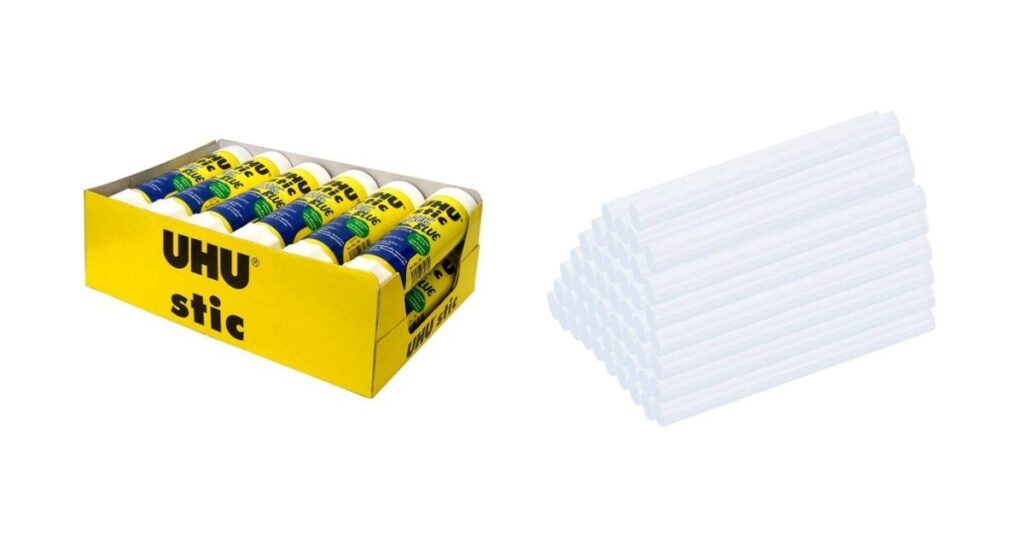
Teachers recognize this immediately. Jumbo glue stick dispensers—the commercial-sized ones schools buy in bulk—measure this from twist-up base to cap top.
These aren’t little purple craft sticks. We’re talking industrial-strength dispensers that last months of heavy classroom use. Schools stock them because one stick contains the equivalent of several regular ones, reducing restocking frequency and mid-project interruptions.
The length means more glue capacity without making the dispenser awkward for students to hold and control.
14. T-Bevel Sliding Square
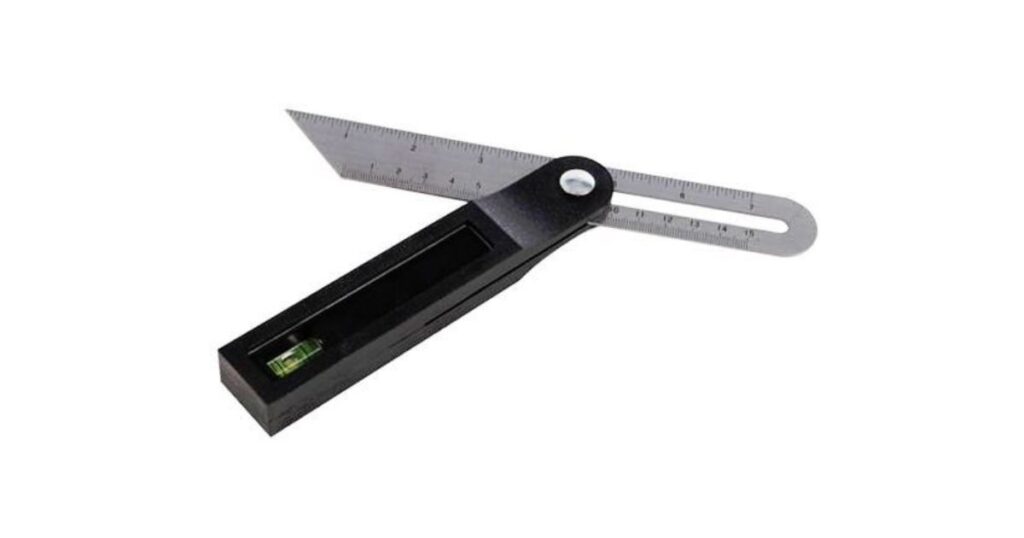
Carpenters, check your toolbox. That T-bevel for marking and checking angles? The blade on standard-sized sliding models spans this distance.
This adjustable angle-finding tool is essential for trim work, stair building, and rafter cuts. The blade reaches across wide boards while staying maneuverable in cramped spaces. It’s the industry standard because longer blades flex too much and shorter ones can’t span common board widths.
Woodworkers use this to transfer angles from existing pieces to new cuts with precision. Crown molding, compound miters, stair stringers—this length handles them all.
How to Measure 9 Inches Without Tools
No ruler nearby? Don’t worry—here are some quick, clever ways to measure 9 inches using things you already own.
Credit Card Method: Line up three standard credit cards end to end. Each card runs about 3.37 inches, so three gets you close. Works with gift cards, library cards, or any standard plastic card in your wallet.
Dollar Bill Trick: One US dollar bill measures 6.14 inches long. Lay one down, then add half of another dollar next to it. Not laboratory-precise, but good enough for quick estimates while shopping.
Smartphone Stack: Most phones stand between 5.5 and 6.5 inches tall. Place yours next to a credit card (3.37 inches). Combined, you’re at the target measurement. Super handy when shopping online and trying to visualize product sizes.
Paper Plate Shortcut: Standard disposable plates measure this across the diameter. Grab one from your pantry stash and use it as a reference circle. The width across the middle is your guide.
Hand Span Check: Stretch your hand wide—thumb tip to pinky tip for most adults spans 8 to 9 inches. Measure yours once with a ruler, remember the result, and you’ve got a permanent built-in measuring tool. This works great at stores when you can’t find staff with tape measures.
When Knowing 9 Inches Actually Matters
You might be surprised how often this size shows up in daily life. Here’s why it’s worth knowing by heart. Understanding this measurement saves you money, time, and return shipping headaches. Here’s where it comes up in real life.
Online Shopping: You’re buying a tablet case, laptop sleeve, or wall shelf. The product listing says 9 inches. Now you know if it’ll fit your bag, slide under your cabinet, or work for your space before clicking purchase.
Kitchen Projects: Recipe calls for a 9-inch pan but you only have an 8-inch? The difference matters for baking times and portion sizes. Too small and your batter overflows. Too large and your cake turns flat and dry.
Home Repairs: Installing a shelf bracket, cutting trim, or replacing a drawer pull? Knowing this measurement by sight helps you eyeball whether your scrap wood, existing hardware, or cabinet space will work before making cuts or drilling holes.
Craft and Sewing: Making curtains, cutting fabric, or building a shadow box? This measurement pops up constantly in DIY projects. Visualizing it accurately means fewer mistakes and less wasted material.
Furniture Placement: Will that decorative bowl fit on your narrow shelf? Will the picture frame work above your desk? Being able to estimate this measurement by sight speeds up decorating decisions and prevents buying stuff that doesn’t fit.
Tool Shopping: Buying a saw blade, wrench, or other hand tool? This length represents the sweet spot for many tools—big enough to be useful, small enough to store easily. Understanding the size helps you choose between compact and full-size versions.
Common Questions About 9 Inches
How many cm is 9 inches?
It equals 22.86 centimeters. Each inch converts to 2.54 cm, so multiply 9 by 2.54. This helps when shopping on international websites or following recipes from other countries that use metric measurements.
How long is 9 inches on a ruler?
On a standard 12-inch ruler, it takes you three-quarters of the way down. You’ll land three inches short of a full foot. On a yardstick, it’s one-quarter of the total length.
What objects are exactly 9 inches long?
Bread loaf pans, small rolling pins, grout floats, closed kitchen tongs, T-bevel blades, and paper plate diameters all hit this mark. These everyday items work as reliable visual references.
How does 9 inches compare to a foot?
A foot contains 12 inches, so this measurement is 75% of a foot. Picture a ruler—it’s everything up to the three-quarter mark before you hit the 12-inch end.
Is 9 inches a standard tablet size?
Many small tablets and e-readers fall in the 9 to 10-inch range measured diagonally across the screen. The iPad has featured 9.7-inch versions. Keep in mind that screen size measures corner to corner, not straight length or width.
How to measure 9 inches without a ruler?
Three credit cards end to end, a paper plate diameter, or one dollar bill plus half of another all work. Your hand span (thumb to pinky stretched wide) probably falls in this range too—measure it once and you’ll always know.
What’s bigger: 9 inches or 20 cm?
This measurement wins. At 22.86 cm, it’s about 2.86 cm longer than 20 cm. The difference is small but noticeable—roughly the width of a US quarter.
How tall is 9 inches height-wise?
About the height of a large coffee mug, decorative candle pillar, or boot insert. Also close to a hardcover book standing upright. Picture three soda cans stacked and you’re in the ballpark.
Final Thoughts
Now you can picture 9 inches anytime—no measuring tape needed. Here’s a quick wrap-up before you go. Next time you see “9 inches” on a product page, you won’t need to hunt for a ruler. Just think about your bread pan, gaming mouse pad, or kitchen tongs. The measurement translates instantly from abstract number to concrete reality.
Keep this bookmarked for quick reference, and share it with anyone who’s ever squinted at online product specs wondering how big something actually is.

I am the editor and author of StoriesRadius.com, a blog about measurements and dimensions. I enjoy turning numbers and sizes into simple stories that anyone can understand. From everyday objects to curious facts, I share clear guides based on real research and experience. My goal is to make learning about length, height, and size fun, useful, and easy for all readers.
